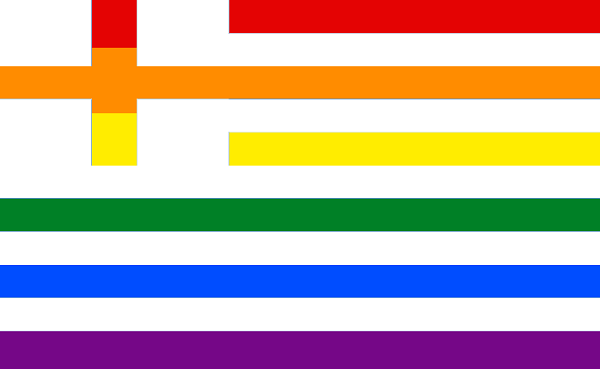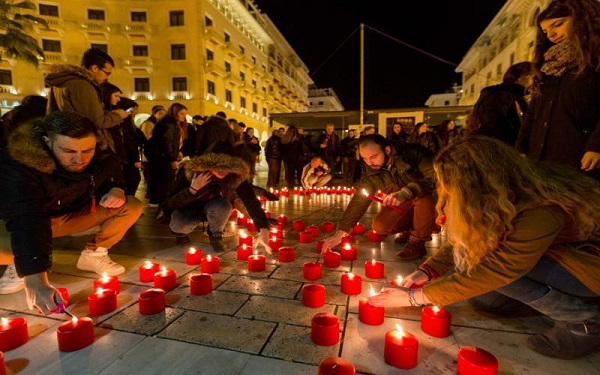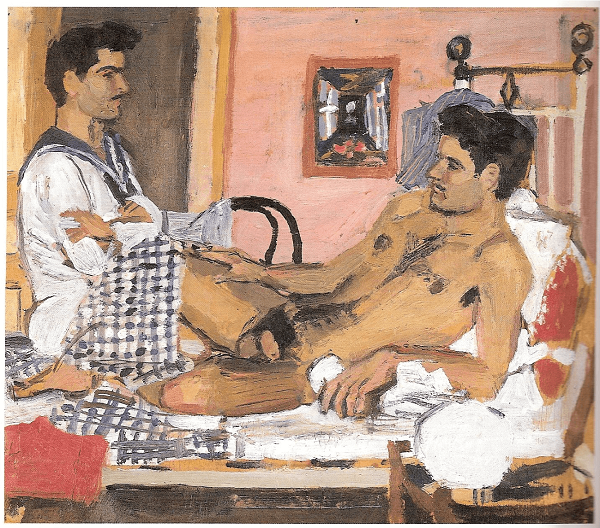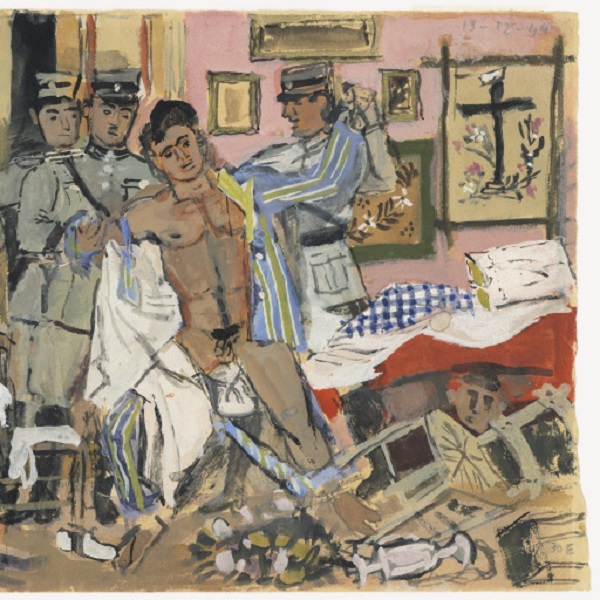As we have already touched upon in our previous blog series called the History of Queer, the history of HIV/AIDS and the history of homosexuality are inextricably linked since the early 80s when this pandemic has broken out in the USA. In our former article on identity politics, HIV/AIDS was presented as one of the key motors of the social and historical shift, next to the rise of neoliberalism, feminism, and queer studies, from identity-based gay politics to queer anti-identitarian politics. Allow me here a quick recap of this shift as it took place in the USA.
Let’s bring in mind that queer as a term of positive -proud and loud- identification for sexual dissidents has re-entered our political, personal, and cultural vocabulary in the mid-80s in the context of HIV/AIDS activism. Wearing this signifier as a badge of pride and defiance, queers, among them many people living with HIV/AIDS, tried to transform this word from a site of queerphobic -and serophobic- trauma and violence to a locus of political radicalism. One should also remember that the Gay Liberation Movement of the two previous decades had already managed a series of victories against queerphobia. This way the HIV/AIDS pandemic and the concomitant homosexualization of the virus had, as a result, the undoing of this hard-won progress. The moment when gays started feeling proud, AIDS breathed new life into homophobia and dragged gays back to their closets. The dismantling of the welfare state and public health infrastructures by the neoliberal financial politics of Reagan along with the neo-conservatism towards heteronormativity only made things worse exacerbating the already precarious social position of gays.
While all this was happening in the USA, what was the impact of HIV/AIDS on the Greek LGBTIQA+ community? Yes, you guessed it right! This article is part of our latest Made in Greece blog series in the course of which we are trying to map the landscape of LGBTIQA+ rights, activism, and culture in Greece in order to introduce our beautiful home country to our friends and customers from around the globe! We have already discussed the key areas of LGBTIQA+ activism that are currently at the top of the agenda of Greek activists by presenting some of the most important LGBTIQA+ organizations that operate as we speak in Greece, and we have already tackled the issue of the recent legal reform the Greek parliament introduced a few weeks ago and which bans IGM, the intersex genital mutilation.












 Login
Login